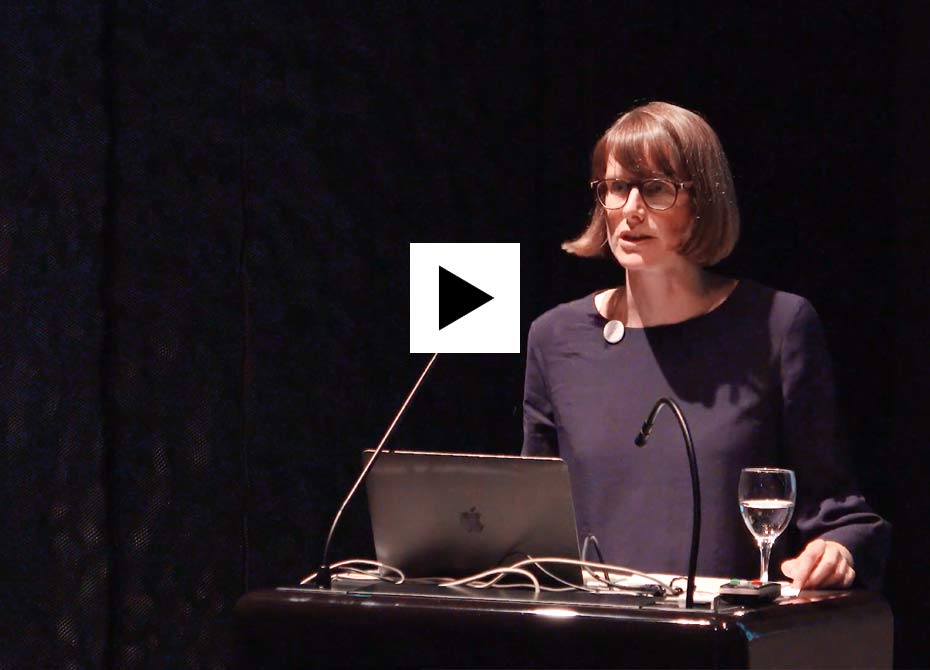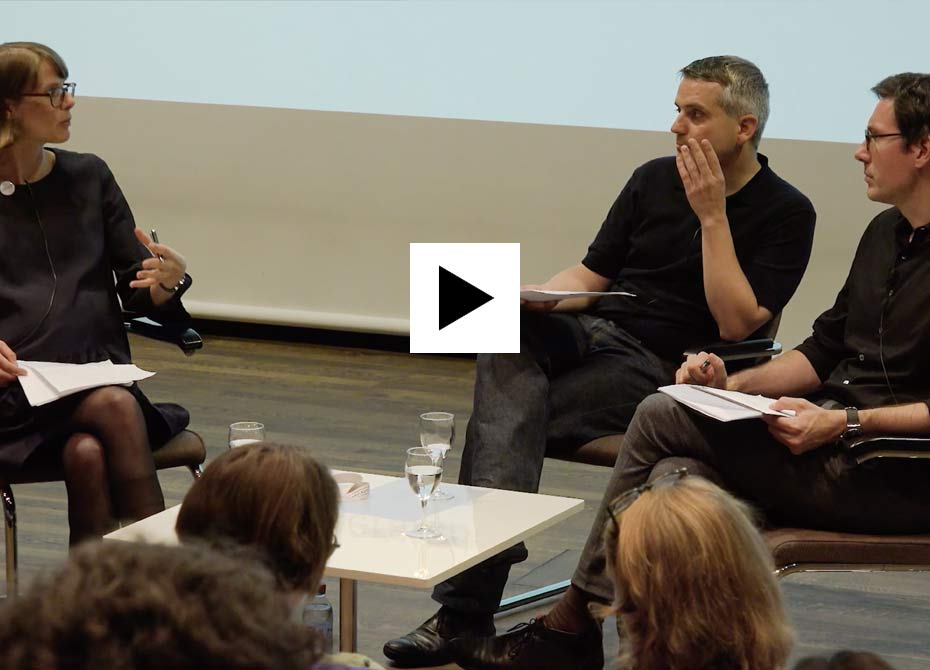In 1967 William Allan, then an artist-in-residence at the TV station KQED-TV in San Francisco, invited Bruce Nauman to participate in a project for the television cameras. Their video Untitled (Flour Arrangements) is not a straightforward critique of TV. Rather, it negotiates the ways in which the concept of art changes in the age of mass media, as artworks are necessarily understood through the mediations of popular forms of mass culture and need to follow sets of rules put forth by commercial programming and technology. From this perspective a number of Nauman’s video works deserve reconsideration as they juxtapose modernist values of art-making with the commercial interests of mass media. In my paper I will focus on the ostensive debasing of “high art” through Nauman’s application of flour as the material of his choice on the one hand, and through Allen’s use of flowers as the decorative center of attention in his talk show on the other. In their collaboration the artists reconsider art’s place and function in a contemporary society that is populated by, as Marshall McLuhan calls his contemporaries, “TV-children”.
Conference on the exhibition
Friday 1.45 pm
flaʊə(r)/ on the Floor and /ˈflaʊɚz/ on the Table: Art on TV
Eva Ehninger
Eva Ehninger is Professor of Modern Art at Humboldt-Universität zu Berlin. From 2015 to 2017 she was Laurenz Assistant Professor for Contemporary Art at the University of Basel. One of her main research interests is American postwar art and postmodernism, among other subjects such as the history and theory of photography, as well as colonialism and postcolonial theories. In this field she has published the monograph Vom Farbfeld zur Land Art. Ortsgebundenheit in der amerikanischen Kunst, 1950‒1970, Munich: Silke Schreiber, 2013, and co-edited Theorie² Potenzial und Potenzierung künstlerischer Theorie (with Magdalena Nieslony), Berne: Peter Lang, 2014, and In Terms of Painting (with Antje Krause-Wahl), Berlin: Revolver, 2016. Further writing has appeared in numerous international journals. Her research has been supported by the German Academic Scholarship Foundation (2002‒2010), the Fulbright Commission (2002‒2003), the Getty Research Institute, Los Angeles (2009), the Swiss National Science Foundation (2013), the Max Weber Stiftung (2015), and the Terra Foundation for American Art, Paris / Chicago (2016). Currently she works on a book on the photographic norms of representation. The concept for the publication Bruce Nauman: A Contemporary has been conceived in close collaboration with Eva Ehninger. This reader, for which she contributed the introduction and the essay “Bodies on cool surfaces”, had been published in 2018 on the occasion of the exhibition Bruce Nauman: Disappearing Acts at Schaulager.


